In the rapidly evolving online business landscape, where attracting and engaging potential customers is a significant goal, you might be thinking, What is CRO, or, simply, why no one buys my product? Conversion Rate Optimization (CRO) emerges as a strategic cornerstone. In this age of heightened digital competition, driving traffic to a website is only half the battle won. So, the accurate measure of success lies in transforming those visitors into active participants—be they customers, subscribers, or leads. CRO is the art and science of fine-tuning your digital platforms to orchestrate precisely that transformation.
By analyzing user behavior, experimenting with design and content, and continuously refining strategies, CRO empowers businesses to harness the full potential of their online presence. So, in this exploration of CRO, we will explain What is CRO and will delve into its fundamental principles and its role in enhancing user experience and engagement.
What Is CRO or Conversion Rate Optimization?
You might be thinking, what does CRO stand for? CRO means Conversion Rate Optimization. Well, what is CRO? Conversion Rate Optimization (CRO) is a strategic approach employed in digital marketing to enhance the effectiveness of a website, landing page, or online platform. It aims to convert visitors into desired actions, such as making a purchase, signing up for a newsletter, or filling out a contact form. By analyzing user behavior, engagement patterns, and various data metrics, CRO aims to identify barriers that prevent visitors from taking the desired actions and then implements targeted improvements to overcome these obstacles.
This repetitive process involves conducting A/B testing, refining user experience design, adjusting content placement, and fine-tuning call-to-action elements. Thus, through systematically refining design and content elements, CRO seeks to maximize the percentage of users who complete the intended actions, ultimately leading to improved business outcomes, higher customer engagement, and increased return on investment (ROI).
The Significance of Conversion Rate Optimization
If you are thinking about What is CRO and why it is essential for your business, you are in the right place. In the realm of digital marketing, where achieving optimal results with limited resources is the ultimate pursuit, Conversion Rate Optimization (CRO) emerges as a strategic keystone. Also, don’t forget the SEO. So, here’s why CRO is a game-changer:
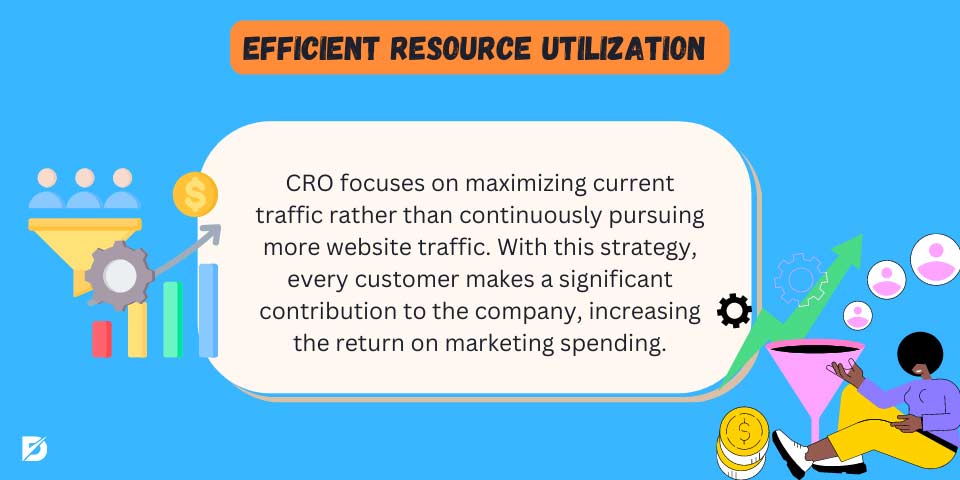
Efficient Resource Utilization
Rather than relentlessly chasing higher website traffic, CRO focuses on optimizing existing traffic. This approach ensures that every visitor contributes meaningfully to the business, amplifying the return on marketing investments.
Amplified Revenue Streams
The direct impact of improved conversion rates is increased revenues. By selecting elements that directly influence user decisions, businesses can also experience substantial financial growth without the need for proportionally increased advertising budgets.
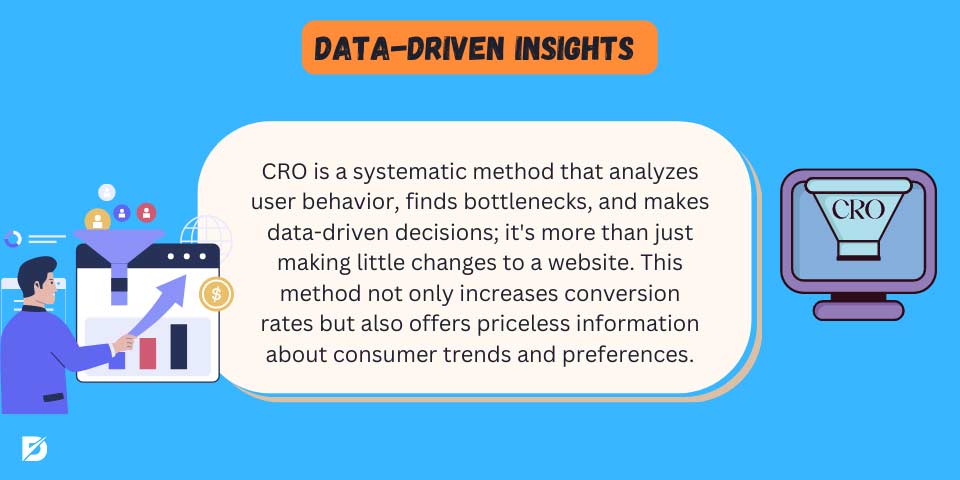
Data-Driven Insights
If you know What is CRO, you might think it is necessary. Well, CRO is more than just tweaking a website; it’s a systematic approach that analyzes user behavior, identifies bottlenecks, and makes informed decisions based on data. This practice not only enhances conversion rates but also provides invaluable insights into customer preferences and trends.
Enhanced User Experience
In the age of digital empowerment, users demand seamless experiences. Well, what is CRO, and what about that? CRO fosters this by streamlining navigation, simplifying checkout processes, and ensuring every interaction is smooth and intuitive.

Competitive Edge
A business prioritizes CRO gains a competitive advantage by aligning with customer needs and preferences. So, this resonates with users, distinguishing the brand as one that values their time and provides solutions effortlessly.
Customer-Centric Approach
Well, we defined what is CRO, but most importantly, CRO involves understanding user psychology, motivations, and pain points. By addressing these elements, businesses create tailored experiences that resonate with users, driving deeper engagement and loyalty.
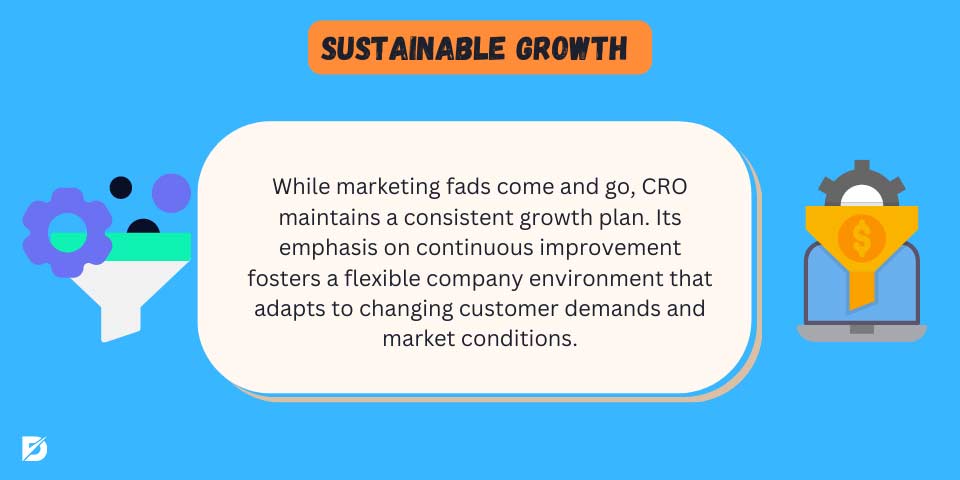
Sustainable Growth
While marketing trends come and go, CRO endures a steady growth strategy. Its focus on continuous improvement cultivates an agile business environment that evolves with user preferences and market shifts.
In the digital era where every click carries significance, knowing what is CRO and what it does is so significant for businesses. Conversion Rate Optimization is not merely an option; it’s also a strategic requirement. By going beyond simple transactions, CRO builds lasting customer connections and paves the way for long-term growth. Choosing CRO is like investing in today’s and tomorrow’s digital achievements.

Navigating User Intent for Optimal Results
At the heart of what is CRO lies a fundamental concept: the conversion funnel. This strategic framework breaks down the user journey into distinct stages—Awareness, Interest, Desire, and Action—each with its own significance in driving user engagement and conversions.
- The Awareness stage marks the initial encounter, where users become acquainted with your brand or solution.
- The next stage, Interest, is where users show curiosity and start exploring further.
- The Desire phase witnesses the emergence of intent as users develop a strong interest in what you offer.
- Finally, the Action phase is the pivotal moment when users convert into customers or take another desired action.
CRO thrives on this funnel understanding as it designs strategies to arrange seamlessly with each stage. If you are thinking about what is CRO, it’s not merely about capturing a sale; it’s also about addressing user needs and motivations at every point.
For instance, optimizing Awareness might involve crafting compelling headlines and introductions that hook users, while Interest optimization could encompass engaging content that keeps them exploring. As users transition to Desire, strategies may focus on highlighting unique selling points and benefits, and so, in the Action phase, a seamless, intuitive process can tip the balance toward conversion. The conversion funnel serves as the roadmap in the realm of e-commerce, and CRO is the guide that ensures every step is a deliberate move towards higher conversion rates.
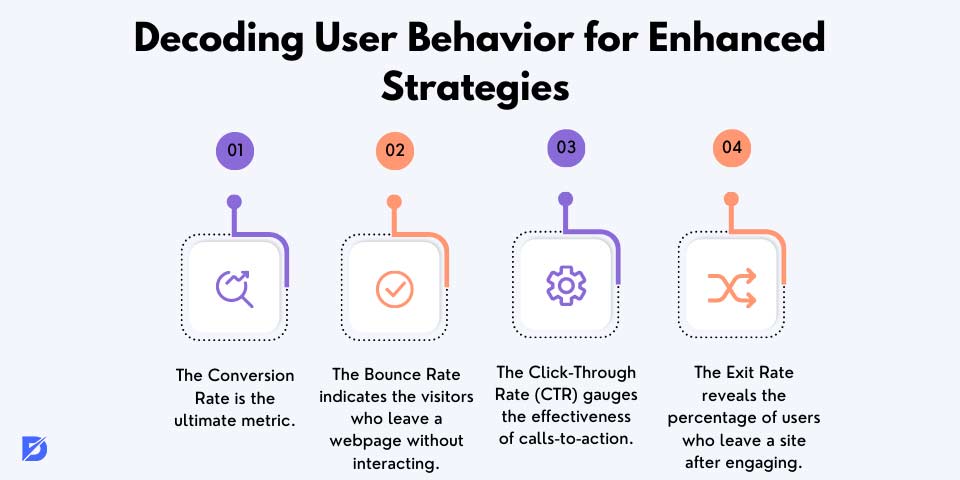
Decoding User Behavior for Enhanced Strategies
To navigate the intricate landscape of what is CRO, a firm grasp of key metrics is essential. These metrics serve as windows into user behavior, enabling businesses to adjust strategies for optimal results.
- Conversion Rate is the ultimate metric, representing the percentage of visitors who take a desired action, such as making a purchase or signing up.
- The Bounce Rate indicates the proportion of visitors who leave a webpage without interacting, reflecting potential issues with the initial impression.
- The Click-Through Rate (CTR) gauges the effectiveness of calls-to-action, measuring the ratio of users who click on a link to the total who view it.
- The Exit Rate reveals the percentage of users who leave a site after engaging with multiple pages, offering insights into which pages may need enhancement.
These metrics form a collection of insights, revealing the strengths and weaknesses of CRO strategies. A high bounce rate could signal a mismatch between user expectations and content, prompting a reevaluation of the landing page’s relevance. A low click-through rate might point towards the need for more compelling CTAs or improved visual hierarchy. Armed with these metrics, businesses can also create a data-driven CRO roadmap, addressing user needs at every turn and guiding them seamlessly toward conversion.
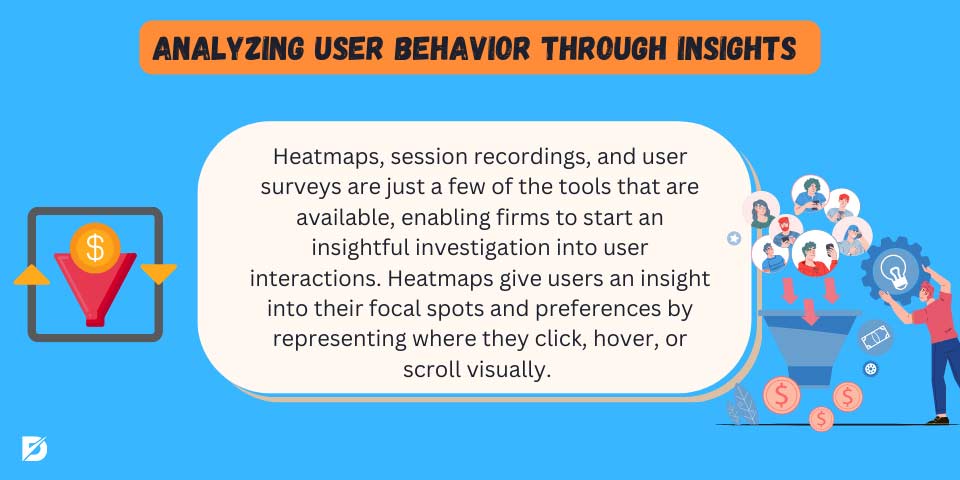
Analyzing User Behavior through Insights
In the world of what is CRO, deciphering the nuances of user behavior is like unlocking the secrets of success. The collection of tools available, including heatmaps, session recordings, and user surveys, empowers businesses to embark on an enlightening journey into user interactions. Heatmaps visually represent where users click, hover, or scroll, offering a glimpse into their focus points and preferences. Session recordings provide a direct window into individual user journeys, showcasing the stumbling blocks, hesitations, and moments of engagement. User surveys allow businesses to directly tap into the voice of their audience, uncovering pain points, motivations, and suggestions.
These insights are not only data points but also the foundation on which optimization efforts are constructed. Heatmaps, for instance, can reveal underused sections of a webpage, directing attention to areas ripe for engagement enhancement. Session recordings expose bottlenecks and confusion points, guiding improvements for a smoother journey. User surveys provide qualitative context, helping to understand the ‘why’ behind quantitative metrics. Collectively, these tools offer a panoramic view of user behavior, enabling businesses to tailor their CRO strategies with a level of precision that resonates with their audience’s needs, leading to a more intuitive and satisfying user experience and, ultimately, higher conversion rates.
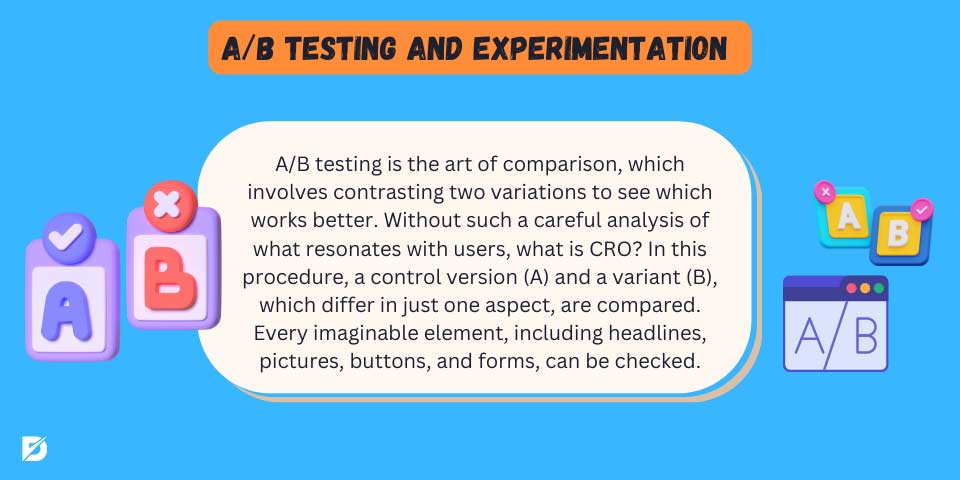
A/B Testing and Experimentation
At the heart of Conversion Rate Optimization (CRO) lies the relentless pursuit of optimization. What is CRO if not a continuous quest to enhance user interactions and drive conversions? In this pursuit, A/B testing emerges as a significant technique, offering a scientific approach to refining online experiences.
A/B testing is the art of comparison—pitting two variations against each other to discern which performs better. What is CRO without such meticulous examination of what resonates with users? In this process, a control version (A) is compared with a variant (B), differing in a single element. Whether headlines, images, buttons, or forms, every conceivable element can be tested.
A/B testing’s role in CRO is more than one. It eliminates guesswork, replacing assumptions with data-driven insights. What is CRO without informed decision-making that rests on real user behavior? By testing variations, businesses can perceive which element triggers a higher click-through, engagement, or conversion rate. This empirical approach excels in the realms of speculation, revealing the nuances of user psychology. What is CRO, if not a profound understanding of user responses?
It empowers businesses to tailor their digital landscape, adjusting it to user preferences and crafting resonating experiences. A/B testing, in essence, embodies the essence of what CRO stands for—a dynamic journey of iterative elegance grounded in insights and driven by the pursuit of optimal user experiences that, in turn, increases conversion rates.
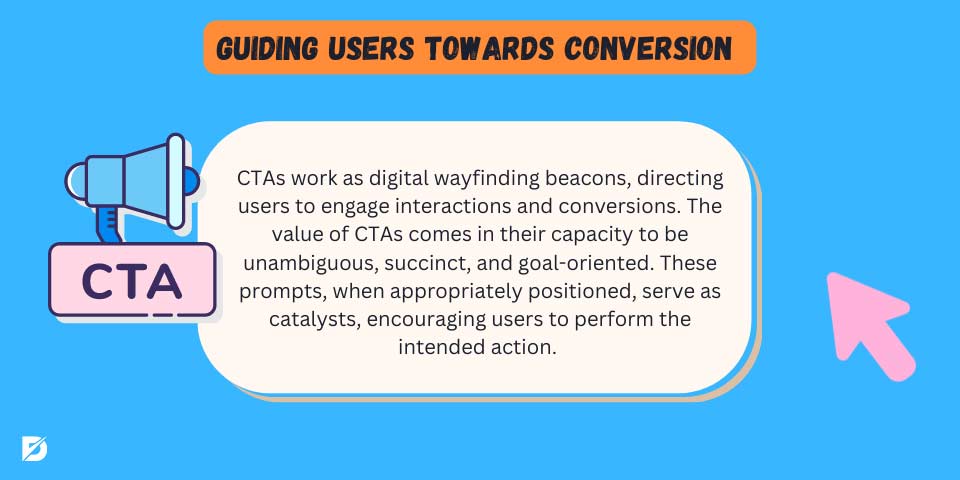
Guiding Users towards Conversion
In the realm of Conversion Rate Optimization, what is CRO without strategically crafted Call-to-Actions (CTAs)? CTAs serve as digital signposts, guiding users toward meaningful interactions and conversions. The importance of CTAs lies in their ability to be clear, concise, and action-oriented. Placed strategically, these prompts act as catalysts, urging users to take a desired action. What is CRO without the orchestration of these user-centric cues that bridge the gap between interest and activity?
Designing CTAs that resonate requires a blend of psychology and aesthetics. Vibrant hues can evoke urgency, while soothing tones instill trust. Language plays a pivotal role, too—using verbs that inspire action can transform a passive glance into an active click. Be it “Get Started,” “Explore Now,” or “Claim Your Discount,” compelling CTAs ignite a sense of purpose. What is CRO, if not the strategic use of CTAs, that taps into user motivations and aligns with their journey?

Fostering Trust for Smooth Conversions
Understanding what CRO is entails unraveling the details that hinder smooth user conversions. Common conversion barriers encompass stumbling blocks that impede user progression from interest to action. Among them, a lack of trust, an unclear value proposition, and complex checkout processes emerge as noteworthy challenges. So, what is CRO, if not a systematic endeavor to dismantle these barriers and pave the way for frictionless user journeys?
- Lack of Trust: Trust is the cornerstone of online interactions. Users hesitating to convert may signal mistrust. Building credibility through customer reviews, trust badges, and security certifications can assuage these concerns. What is CRO if not fostering an environment where users feel secure and confident in their interactions?
- Unclear Value Proposition: Conversions hesitate if users fail to understand the value your product or service offers. Clearly articulating benefits, features, and unique selling points eradicates confusion. What is CRO if not crafting compelling value propositions that resonate with user needs?
- Complicated Checkout Processes: A complex checkout process can lead to abandoned carts. Simplify steps, reduce form fields, and offer guest checkout options. What is CRO if not streamlining the path from selection to purchase, ensuring that every step is intuitive and seamless?

The Strategies to Overcome Challenges
The strategies to overcome these barriers align with what CRO is at its core—user-centric optimization:
- Showcase Social Proof: Displaying user testimonials and case studies builds credibility.
- Craft Clear Copy: Ensure your messaging clarifies the value users gain from your offering.
- Optimize Checkout Flow: Test different checkout layouts to minimize friction and drop-offs.
- Implement Trust Seals: Display security badges to reassure users about data protection.
In the landscape of Conversion Rate Optimization, addressing these common conversion barriers is essential. So, each strategy embodies the essence of what is CRO—a maximized effort to enhance user experience, gain trust, and pave the way for smooth conversions.
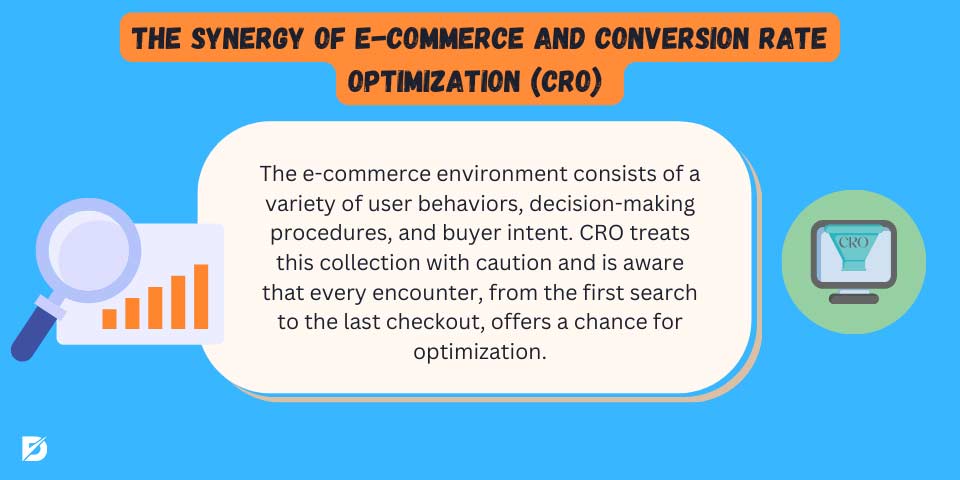
The Synergy of E-commerce and Conversion Rate Optimization (CRO)
In the bustling realm of e-commerce, the symbiotic relationship with what CRO is becomes evident. Therefore, you might be thinking, what’s e-commerce? At its core, it thrives on turning online visitors into active buyers. This transformation is precisely where Conversion Rate Optimization (CRO) steps in. So, what is CRO aligns perfectly with the goals of e-commerce—to refine, enhance, and streamline every aspect of the user journey to maximize conversions. The e-commerce landscape is a collection of buyer intent, decision-making processes, and user behaviors. CRO approaches this collection keenly, recognizing that every interaction, from the initial search to the final checkout, presents an opportunity for optimization.
Through meticulous A/B testing, precise user behavior analysis, and strategic design adjustments, what is CRO, as we define CRO, enables e-commerce businesses to create an environment that resonates with users. So, from strategically placed Call-to-Actions (CTAs) to intuitive checkout processes, every detail matters. E-commerce sales depend on the fine balance between persuasion and user experience. CRO harmonizes this balance, ensuring that the journey from the moment a user lands on a product page to the point of making a purchase is seamless, persuasive, and efficient.
In the symphony of e-commerce conversion rate success, what is CRO takes on the role of the conductor, orchestrating elements to optimize conversion rates, amplify revenue, and foster customer loyalty. The world of e-commerce is dynamic and ever-evolving. The principles of what is CRO are not a one-time strategy but an ongoing commitment to adapt, refine, and evolve with new trends. In essence, the union of e-commerce and CRO is a marriage of purpose—delivering value to users while achieving the bottom-line goals that fuel e-commerce growth.
CRO Strategies that Propel E-commerce Success
In the expansive realm of what’s e-commerce, the synergy between user engagement and conversions is also where the essence of what is CRO thrives. Every interaction, every click, and every decision contribute to the narrative of online success. So, in creating e-commerce strategies, businesses use CRO’s power to optimize every aspect of the user journey. Here’s a glimpse of how what is CRO transforms the e-commerce landscape.
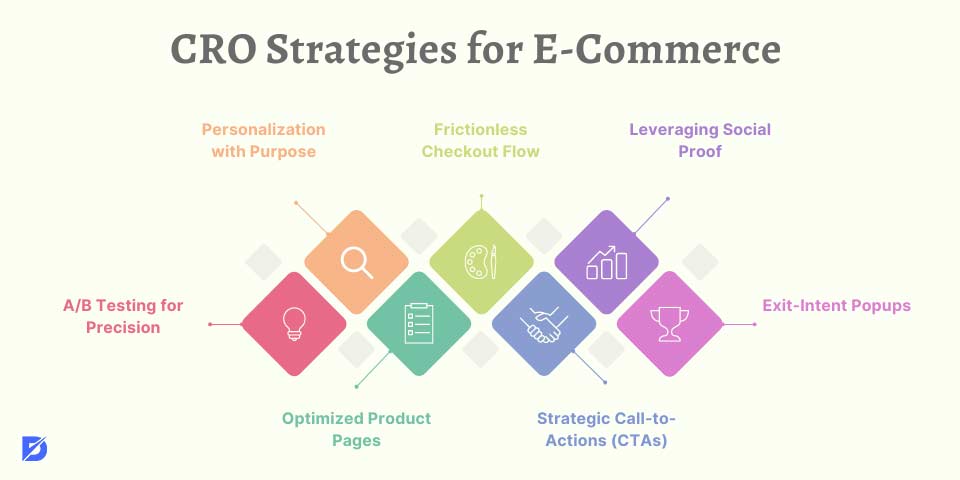
CRO Strategies for E-Commerce
- A/B Testing for Precision: The essence of what is CRO comes alive through A/B testing, where variations of web elements are compared to determine which drives higher conversions. In e-commerce, this could mean testing diverse product images, experimenting with product descriptions, or even refining the checkout process to reduce friction.
- Personalization with Purpose: E-commerce and what is CRO align smoothly with personalization. So, using user data, businesses craft tailor-made recommendations and experiences that cater to individual preferences, enhancing the likelihood of conversions.
- Optimized Product Pages: Fusing creativity and strategy, businesses wield what CRO is to create compelling product pages. Persuasive copy, captivating images, and crystal-clear value propositions harmonize to capture user attention and drive purchases.
- Frictionless Checkout Flow: Embracing the principles of what CRO is, e-commerce businesses streamline the checkout process. Guest checkout options, autofill capabilities, and intuitive progress indicators also ensure a seamless journey from cart to conversion.
- Strategic Call-to-Actions (CTAs): What is CRO thrives in placing strategic CTAs. These cues guide users towards desired actions, navigating them through the e-commerce landscape with purpose and clarity.
- Leveraging Social Proof: Trust is the heartbeat of e-commerce and through the lens of what is CRO, businesses showcase social proof like user reviews and ratings. So this cultivates credibility, instilling confidence in potential buyers.
- Exit-Intent Popups: Harnessing the subtleties of what CRO is, exit-intent popups make a compelling appearance. So, as users lean towards leaving, these popups present enticing offers or capture email addresses, extending opportunities for engagement.
As e-commerce platforms evolve, so does the symbolic relationship between CRO strategies and digital success. The principles of what is CRO guide businesses in pursuing a user-centric e-commerce landscape, where every interaction resonates, every click propels, and every conversion solidifies enduring success.
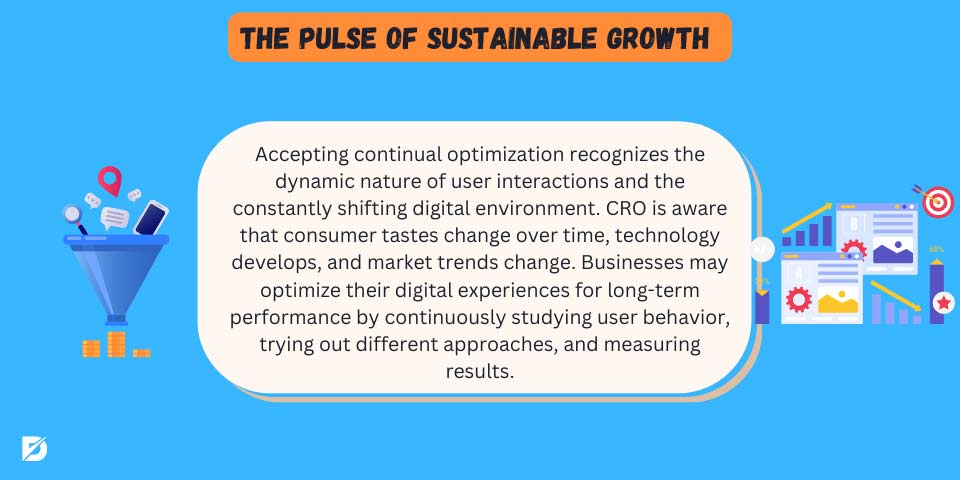
The Pulse of Sustainable Growth
Within the Conversion Rate Optimization (CRO) realm, the journey doesn’t conclude with an isolated success—it also thrives in the rhythm of continuous optimization and iteration. The notion of what is CRO extends beyond one-time changes. It’s an ongoing commitment to refining, evolving, and aligning strategies with user behaviors and trends. So, the main idea here is “adapt or be left behind.” Encouraging businesses to adopt a data-driven approach, thus what is CRO advocates for the regular collection and analysis of user data to inform decisions.
Embracing continuous optimization acknowledges the dynamic nature of user interactions and the ever-changing digital landscape. CRO recognizes that user preferences evolve, technology advances, and market trends shift. By continually analyzing user behavior, experimenting with new strategies, and measuring outcomes, businesses can fine-tune their digital experiences for long-term success. In essence, the synergy of CRO and continuous optimization empowers businesses to stay ahead of the curve and foster sustainable growth.
In the journey of digital success, what is CRO insists on iteration as the driving force. Iteration is more than a buzzword—it signifies an adaptive approach where lessons from every adjustment, every experiment, and every strategy inform the next step. With a willingness to embrace iteration, businesses embody the essence of what is CRO. So, it is an ongoing quest for excellence, powered by data insights, supported by innovation, and committed to providing users with experiences that attract today and in the future.
Companies Boosting Sales Through CRO Strategies
In the dynamic business world, real success stories illuminate the transformative power of Conversion Rate Optimization (CRO) strategies. Across industries, companies have harnessed CRO’s potential to enhance user experiences and significantly increase their sales. From global giants to innovative startups, here are a few standout examples of how businesses turned optimization into remarkable results.

Amazon
The e-commerce giant Amazon is a prime example of a company that continually employs CRO strategies to enhance user experience and boost sales. Amazon’s recommendation engine, personalized product suggestions, and also streamlined checkout process are all CRO tactics aimed at increasing conversion rates and average order values. Learn how to increase e-commerce sales.
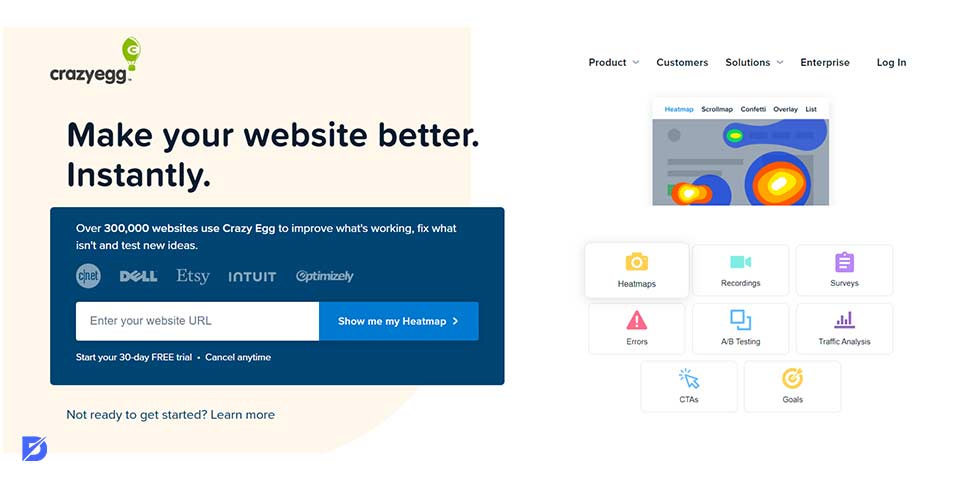
Crazy Egg
Crazy Egg, a web analytics and heat mapping tool, improved its conversion rates by 363% through its CRO efforts. By analyzing user behavior, using heatmaps, and A/B testing different page elements, they also optimized their website to effectively guide users toward conversion points.

Walmart
Walmart used CRO strategies to enhance its mobile app’s user experience. So, by simplifying navigation, improving search functionality, and optimizing the checkout process, Walmart saw a 20% increase in mobile conversions.

Airbnb
Airbnb effectively employed CRO to increase user trust and booking rates. Prominently displaying high-quality photos and user reviews and offering instant booking options also improved user confidence and boosted their conversion rates.
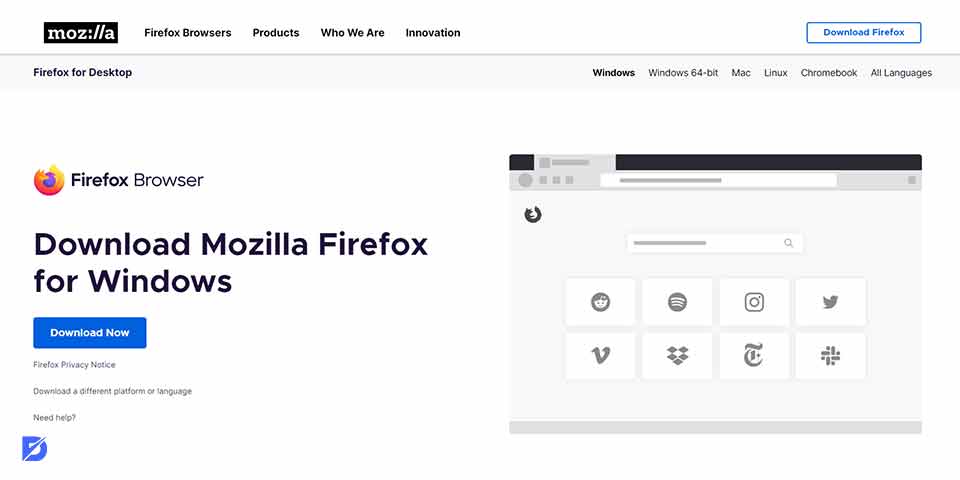
Mozilla Firefox
Mozilla optimized its download page for Firefox, thus simplifying the design and reducing the number of distractions. This led to a 15.4% increase in downloads of the browser.
And you can also check Shopify SEO services to thrive in Shopify.
Finishing the Path to Digital Excellence
In the journey through Conversion Rate Optimization (CRO), we’ve uncovered a multi-layered landscape. It’s where user behaviors, strategic experimentation, and data-driven decision-making meet. So, from understanding the fundamental concept of what is it, we delved into intricate strategies made for e-commerce. Also, we’ve explored how CRO is more than just optimization. It’s the art of crafting digital experiences that resonate, engage, and convert.
We’ve witnessed the power of A/B testing and the art of crafting compelling Call-to-Actions (CTAs). Also, we’ve dived into the significance of understanding user behavior through tools like heatmaps and session recordings. We’ve ventured into the e-commerce terrain, where CRO thrives in optimizing product pages, streamlining checkout processes, and embracing personalization.
Yet, the journey doesn’t end with the outlined strategies— the essence of continuous optimization and iteration also fuels the path to sustainable growth. As we conclude this exploration, the message is clear: what is CRO thrives in adaptation. The digital landscape evolves, user behaviors shift, and so technology advances. To utilize the full potential of CRO is to embrace an ongoing process that demands consistent effort and a commitment to finding strategies in line with user needs and preferences.
In a world where user experience is paramount, clicks can lead to conversions, and interactions can create loyalty, what CRO is emerges also as a guiding light. It’s the art of seizing opportunities, making informed adjustments, and nurturing a relationship with your audience that transcends the transactional. As businesses journey through the dynamic digital arena, armed with the principles of what CRO is, they also hold the compass that guides them to digital excellence. In this space, users feel valued, businesses thrive, and online interactions become enduring narratives of success.
Frequently Asked Questions About
Conversion Rate Optimization (CRO) in e-commerce is the process of improving the percentage of website visitors who take a desired action, such as making a purchase. It involves analyzing user behavior, identifying areas of improvement, and implementing changes to increase the conversion rate.
It is essential because it directly focuses on increasing sales and revenue. It is your number one tool if you are looking for solutions to increase your revenue.
Some common CRO techniques in e-commerce include A/B testing, improving website usability and navigation, optimizing product pages, and the checkout process. Also, there are personalizing the user experience based on data and reducing friction points to make the purchase process smoother.
Data analysis plays a vital role in CRO. By analyzing user behavior, such as click-through rates, session duration, and cart abandonment rates, businesses can identify areas of improvement and make data-driven decisions. User feedback, heatmaps, and conversion funnels are examples of data sources that can be used to gain insights and optimize the conversion rate.
Some challenges in implementing CRO in e-commerce include the need for technical expertise to set up and analyze A/B tests. Also, striking the right balance between usability and aesthetics can be hard if you are not familiar. The most important ones are overcoming internal resistance to change and staying up-to-date with evolving consumer behavior and industry best practices.

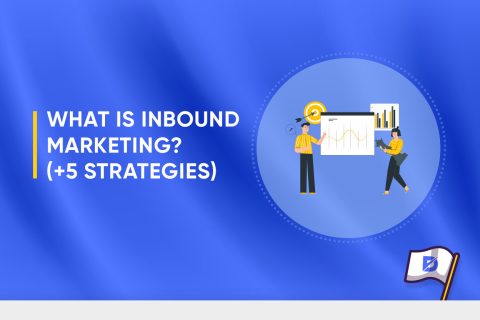


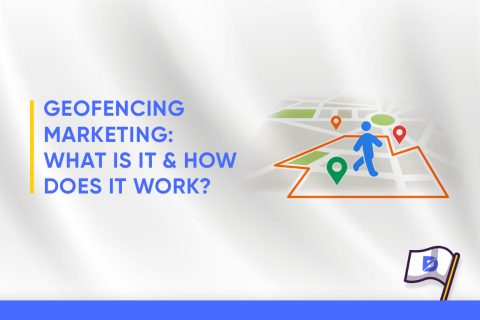
No comments to show.